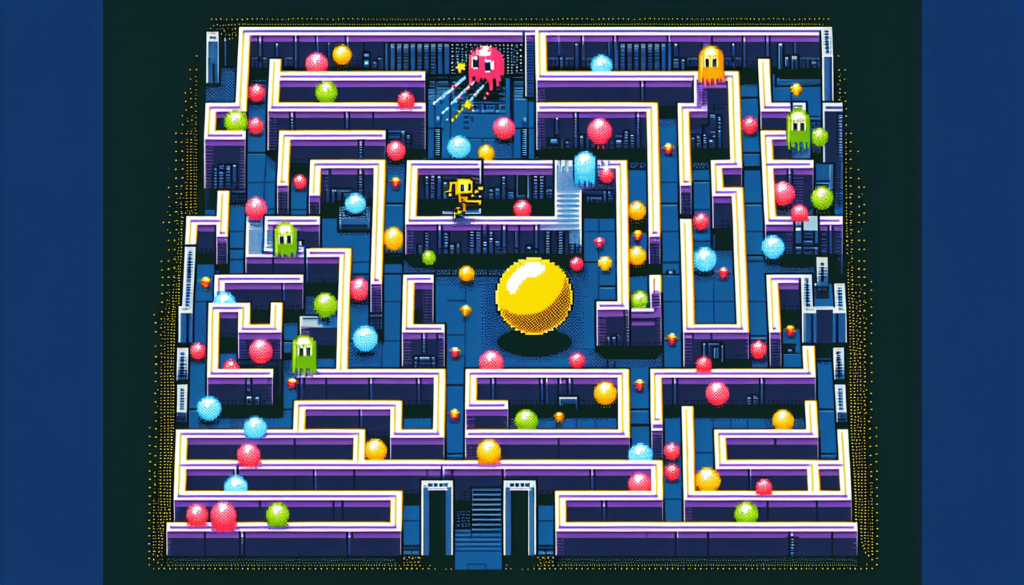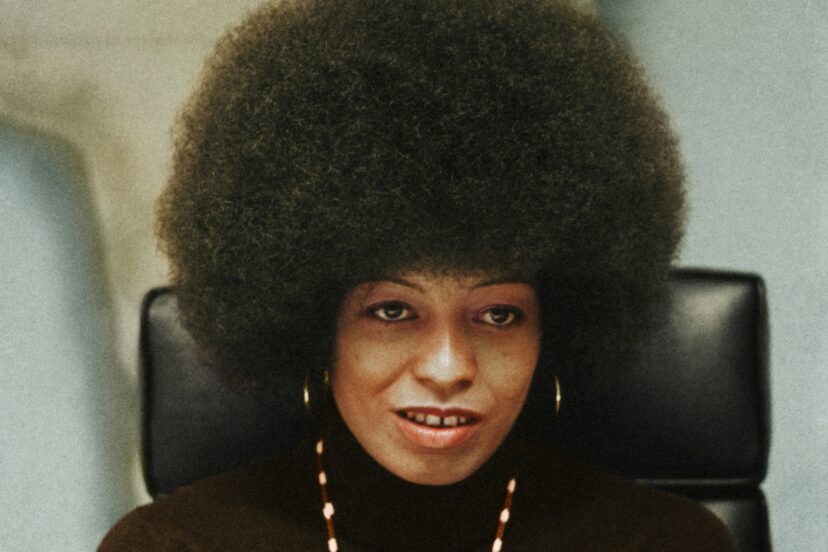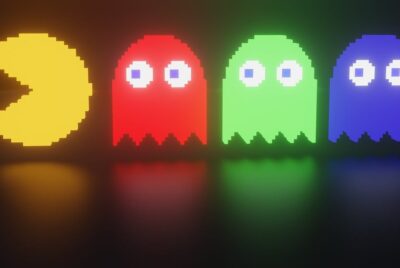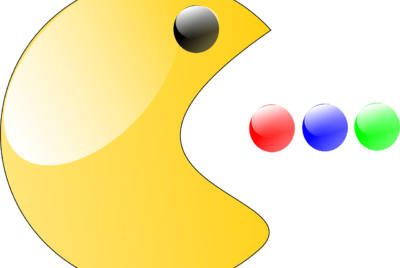Google Pacman Game
Have you ever found yourself longing for a nostalgic gaming experience? Look no further than the iconic Google Pacman Game. Bursting with excitement and familiar characters, this beloved game takes us on a journey back to the 1980s, when the simple joy of navigating a yellow circle through a maze captivated the hearts of millions. Get ready to embark on a thrilling adventure as we dive into the fascinating world of Google Pacman Game.
Overview
History of Google Pacman Game
The Google Pacman Game is a popular online game that was created by Google to celebrate the 30th anniversary of the classic video game, Pac-Man. It was released on May 21, 2010, and instantly became a hit among gamers and non-gamers alike. The game was developed by a team of engineers at Google, who wanted to create a fun and interactive way for users to engage with the Google search engine.
Game Description
Google Pacman is a browser-based game that closely resembles the original Pac-Man game from the 1980s. The player controls the iconic Pac-Man character as it navigates a maze filled with pellets and ghosts. The objective is to eat all the pellets while avoiding the ghosts. Eating power pellets enables Pac-Man to temporarily turn the tables on the ghosts and eat them. The game features multiple levels with increasing difficulty, providing players with hours of entertainment.
Popularity and Impact
The release of the Google Pacman game was met with widespread enthusiasm and quickly gained popularity. It captured the attention of millions of users worldwide and became one of the most played and shared games on the internet at the time. The game’s nostalgic appeal, combined with its accessibility and simplicity, made it a favorite among people of all ages. Its impact reached beyond just entertainment, as it showcased the technological capabilities of web browsers and demonstrated Google’s innovative approach to celebrating important cultural milestones.
Development
Creation and Release
The idea for the Google Pacman game originated from the desire to honor the 30th anniversary of the original Pac-Man game. The development team at Google saw an opportunity to not only pay tribute to a beloved classic but also engage users with a playful interactive experience. After months of planning and development, the game was released on the Google homepage as a playable doodle. This unique approach to celebrating an event marked the beginning of the Google Doodles tradition, where the company uses its iconic logo to showcase special occasions and commemorate significant cultural moments.
Technical Implementation
Creating a browser-based game on such a large scale required careful technical execution. The engineers at Google utilized HTML5 and JavaScript technologies to develop the game, ensuring compatibility with a wide range of web browsers. They also optimized the game’s performance to ensure a smooth experience even on lower-powered devices. This technical achievement showcased Google’s commitment to pushing the boundaries of web-based applications and further solidified the company’s reputation as a leader in technology innovation.
Updates and Enhancements
Following the initial release, the Google Pacman game received several updates and enhancements to improve the overall gameplay experience. These updates introduced new levels, additional features, and improved graphics. The development team also listened to user feedback and addressed any reported bugs or issues promptly. By continuously refining and updating the game, Google ensured that players always had fresh content to enjoy and encouraged prolonged engagement with the game.

Gameplay
Controls and Mechanics
Google Pacman can be easily played using only the keyboard arrow keys. The player uses the arrow keys to control the movement of Pac-Man as they navigate the maze. The simple controls make the game accessible to players of all ages and skill levels. The mechanics of the game follow the same principles as the original Pac-Man, with the player aiming to eat all the pellets while avoiding the ghosts. The inclusion of power pellets adds an extra layer of strategy, empowering players to temporarily turn the tables on the ghosts and maximize their score.
Mazes and Levels
The Google Pacman game features a variety of mazes and levels that increase in complexity and difficulty as the player progresses. Each maze has its unique layout, offering different challenges and strategic opportunities. The inclusion of different mazes keeps the gameplay fresh and engaging, ensuring that players always have new obstacles to overcome. The evolving mazes and levels also reward players for their skill and perseverance, providing a sense of accomplishment and progression.
Power-ups and Bonuses
Power pellets are an iconic feature of the Pac-Man game, and Google Pacman stays true to this tradition. When Pac-Man consumes a power pellet, the ghosts turn blue and become vulnerable, allowing Pac-Man to eat them and gain extra points. Additionally, bonus fruits appear at various intervals throughout the game, providing additional points to the player who manages to collect them. These power-ups and bonuses add excitement and strategic depth to the gameplay, encouraging players to take risks and maximize their scores.
Scoring System
The scoring system in Google Pacman follows the conventions established by the original game. Points are awarded for eating pellets, consuming ghosts, and collecting bonus fruits. The score increases with each successful action, motivating players to strive for high scores and compete with their friends. The inclusion of a global leaderboard further incentivizes players to improve their skills and climb the rankings. The scoring system adds a competitive element to the game, fostering a sense of achievement and driving players to continuously improve their gameplay performance.
Cultural Significance
Nostalgia Factor
The Google Pacman game tapped into a powerful sense of nostalgia, evoking memories of countless hours spent playing the original Pac-Man game in arcades or on early gaming consoles. The familiar graphics, sound effects, and gameplay mechanics transported players back to their childhood and rekindled a love for the classic game. This nostalgic appeal resonated with both older players who grew up with Pac-Man and younger generations eager to experience the charm of retro gaming. The game’s ability to bring people together through shared nostalgia contributed to its widespread popularity and enduring appeal.
Influence on Game Design
The success of the Google Pacman game had a significant influence on game design and development. It demonstrated the potential for web-based games to reach a wide audience and showcased the viability of utilizing HTML5 and JavaScript technologies for game development. Many game developers and companies took note of this success and started exploring browser-based gaming as a viable platform. The game’s intuitive controls, engaging gameplay, and nostalgic theme inspired countless game designers to create their own browser-based games, ultimately enriching the gaming industry as a whole.
Pop Culture References
The Google Pacman game quickly became ingrained in popular culture, making appearances in various forms of media. The game’s impact was so profound that it seeped into movies, television shows, and even music. References to the game could be found in movies like “Pixels” and “Wreck-It Ralph,” TV shows like “The Simpsons” and “The Big Bang Theory,” and songs like “Pacman Fever” by Jerry Buckner and “Pac-Man” by Power Pill. These references not only solidified the game’s cultural significance but also reinforced its place in the collective memory of society.

Educational Potential
Improving Hand-Eye Coordination
Playing the Google Pacman game can have a positive impact on hand-eye coordination. The precise movements required to navigate Pac-Man through the maze and avoid the ghosts help develop fine motor skills and improve hand-eye coordination. The game encourages players to react quickly and make split-second decisions, honing their ability to coordinate their visual perception with their physical actions. This improvement in hand-eye coordination can have practical applications beyond gaming and prove beneficial in various real-world activities.
Enhancing Problem-Solving Skills
Google Pacman presents players with a maze filled with obstacles and challenges that require strategic thinking and problem-solving skills to overcome. Players must carefully plan their route, anticipate the movements of the ghosts, and make decisions based on the available resources and power-ups. Engaging with the game regularly can improve critical thinking abilities, enhance problem-solving skills, and foster a proactive mindset. These skills have transferable value, as they can be applied to academic, professional, and personal situations that require analyzing complex situations and finding effective solutions.
Boosting Concentration and Focus
To succeed in Google Pacman, players need to remain focused and maintain a high level of concentration throughout the game. The fast-paced nature of the game, combined with the need to navigate the maze and avoid the ghosts, demands unwavering attention. Regularly engaging with the game can improve concentration and focus, as players learn to block out distractions and maintain mental clarity to achieve their objectives. These enhanced cognitive skills can then be transferred to other activities that require sustained attention and focus.
Impact on Productivity
Office Distractions
While the Google Pacman game was embraced by many as a fun and nostalgic way to spend time, it did raise concerns about productivity in the workplace. The game’s accessibility and addictive nature made it easy for employees to get sidetracked and spend excessive amounts of time playing instead of focusing on their work. Employers had to find a balance between allowing employees to enjoy occasional breaks while ensuring that productivity remained a priority. This issue highlighted the need for establishing policies and guidelines regarding the appropriate use of work computers and internet access.
Time-Wasting Concerns
Similar to other online games, the Google Pacman game faced criticism for potentially contributing to time-wasting habits. Some individuals found themselves spending significant amounts of time playing the game, to the detriment of their other responsibilities and obligations. These concerns highlighted the importance of self-discipline and time management when engaging with online games. It became necessary for individuals to recognize and regulate their gameplay habits, ensuring that they allocated sufficient time to their work, studies, and personal commitments.
Brain Breaks and Relaxation
On the other hand, proponents of the Google Pacman game argued that it provided much-needed brain breaks and relaxation during long work or study sessions. Taking short breaks to engage in recreational activities has been shown to boost productivity and creativity, allowing individuals to return to their tasks with renewed focus and motivation. Google Pacman offered a quick and accessible way to recharge and clear one’s mind, providing an enjoyable diversion without being overly time-consuming. When used in moderation, the game became a valuable tool for achieving a healthy work-life balance.
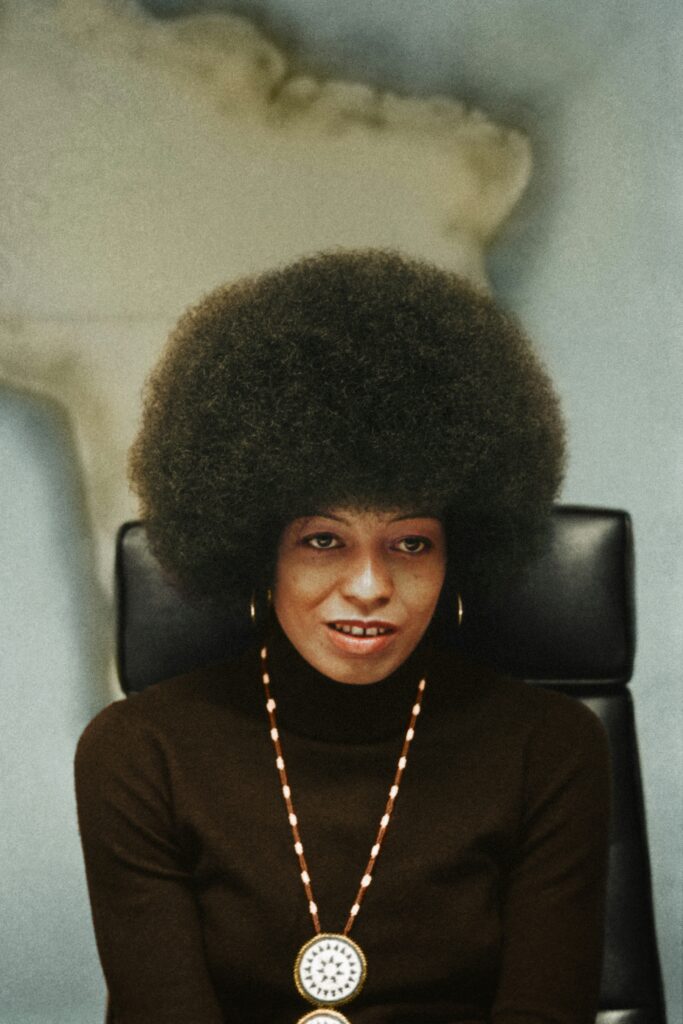
Alternative Versions
Mobile Adaptation
Recognizing the popularity of the Google Pacman game, a mobile version was developed to cater to users who preferred gaming on their smartphones or tablets. The mobile adaptation retained the core gameplay and features of the original game while incorporating touch controls to facilitate easy navigation. This adaptation allowed players to enjoy the game on the go, satisfying their nostalgia and providing entertainment during their daily commutes or downtime. The mobile version further expanded the accessibility of the game, reaching a wider audience and solidifying its position as a beloved classic.
Different Themes and Variations
Building on the success of Google Pacman, the game’s developers released different themed versions to cater to specific audiences. Themes ranged from holiday-themed mazes, such as Halloween and Christmas, to collaborations with popular franchises like Star Wars or Pokémon. These variations added a fresh twist to the gameplay, introducing thematic visuals, sound effects, and power-ups inspired by the chosen theme. The inclusion of different themes ensured that players always had something new and exciting to experience, further extending the game’s longevity and appeal.
Third-Party Remakes
The immense popularity and recognizability of the Google Pacman game inspired countless third-party developers and hobbyists to create their own remakes and adaptations. These remakes ranged from faithful reproductions of the original game to innovative reinterpretations that introduced new mechanics and twists. Some remakes even incorporated multiplayer functionality, allowing players to compete with friends or strangers in online matches. The proliferation of third-party remakes showcased the enduring impact and influence of the game, as well as the vibrant and passionate community that surrounded it.
Controversies
Criticism from Productivity Experts
Despite its nostalgic charm, the Google Pacman game received criticism from productivity experts who argued that it contributed to a decline in workplace productivity. These experts believed that the game’s addictive nature and easy accessibility could result in employees spending excessive amounts of time playing instead of focusing on their tasks. They cautioned against the potentially detrimental effects of online gaming and advocated for stricter workplace policies and monitoring to minimize distractions and maximize productivity.
Accessibility and Inclusion Concerns
One aspect of the Google Pacman game that drew criticism was its lack of accessibility for individuals with visual impairments. The game heavily relied on visual cues and graphics, making it difficult for visually impaired individuals to fully engage and enjoy the game. This highlighted the importance of inclusive game design, as developers should strive to create games that are accessible to individuals of all abilities. The criticism led to a broader conversation about the accessibility of online games and the need for developers to prioritize accessibility features in their designs.

Legacy
Recognition and Awards
The Google Pacman game received widespread recognition and numerous awards for its impact and innovation. It was lauded for its nostalgic appeal, technical implementation, and successful engagement of users. The game won several prestigious industry awards, including the Webby Awards for Best Interactive Advertising/ Media and the D&AD Black Pencil. These accolades solidified the game’s place in gaming history and recognized its role in shaping the landscape of browser-based gaming.
Lasting Impact in Gaming Industry
The Google Pacman game left an indelible mark on the gaming industry, particularly in the realm of browser-based games. It demonstrated the immense potential of web technologies for creating engaging and accessible gaming experiences, inspiring countless developers to explore this platform. The game’s success propelled browser-based gaming into the mainstream and paved the way for future web-based gaming innovations. It also further established Google as a force to be reckoned with in the gaming industry, demonstrating its ability to captivate and entertain millions of players worldwide.
Google Doodles Tradition
The release of the Google Pacman game marked the beginning of the Google Doodles tradition, where the company transforms its iconic logo to celebrate important milestones, events, and individuals. This tradition has become an integral part of the Google brand, eagerly anticipated by users around the world. The Google Pacman game set the bar high for future doodles, showcasing the power of interactive and engaging experiences to capture the attention and imagination of users. The ongoing success of Google Doodles can be traced back to the groundbreaking approach taken with the Pacman game, making it an important part of the game’s enduring legacy.
Conclusion
The Google Pacman game continues to be enjoyed by millions of players worldwide, embodying the enduring appeal of classic gaming and the power of nostalgia. Its technical implementation, engaging gameplay, and cultural significance have cemented its place in gaming history. From its humble beginnings as a Google doodle, the game has left an indelible mark on the gaming industry, inspiring countless developers and gamers alike. While the game may have faced some criticisms and controversies, its positive impact on hand-eye coordination, problem-solving skills, and concentration cannot be understated. Whether played for a quick brain break or an extended trip down memory lane, the Google Pacman game remains a beloved classic that stands the test of time.
